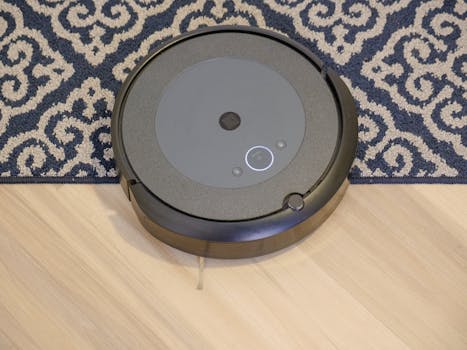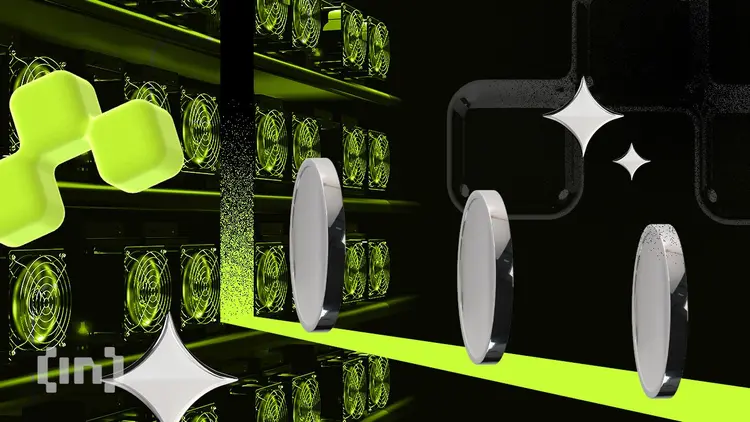
Smart Homes and Smart Living: The Technological Transformation of European Homes by 2025
Smart Homes and Smart Living are revolutionizing the way we live in Europe. The concept of smart homes and smart living is not new, but it has gained significant traction in recent years, driven by advances in technology, changing lifestyles, and growing concerns about sustainability and energy efficiency. By 2025, it is estimated that the majority of European homes will be transformed into smart homes, equipped with cutting-edge technologies that make our lives easier, more convenient, and more enjoyable.
Introduction to Smart Homes and Smart Living
Smart Homes and Smart Living refer to the integration of technology and automation in homes to create a more comfortable, convenient, and sustainable living environment. This includes a wide range of technologies, such as home automation systems, energy management systems, security systems, and entertainment systems, all of which are connected and controlled through a single interface, often using a smartphone or tablet.
Key Features of Smart Homes and Smart Living
Some of the key features of smart homes and smart living include:
- Home automation systems that control lighting, temperature, and security
- Energy management systems that optimize energy consumption and reduce waste
- Security systems that provide real-time monitoring and alerts
- Entertainment systems that offer seamless streaming and connectivity
- Health and wellness systems that monitor and promote physical and mental well-being
Benefits of Smart Homes and Smart Living
The benefits of smart homes and smart living are numerous and significant. Some of the most notable benefits include:
- Increased convenience and comfort
- Improved energy efficiency and reduced energy costs
- Enhanced security and safety
- Improved health and wellness
- Increased property value
Challenges and Limitations of Smart Homes and Smart Living
While smart homes and smart living offer many benefits, there are also challenges and limitations to consider. Some of the most significant challenges include:
- High upfront costs
- Complexity and technical issues
- Privacy and security concerns
- Dependence on technology and potential for technological failures
Future of Smart Homes and Smart Living in Europe
By 2025, it is estimated that the majority of European homes will be transformed into smart homes, with the market expected to grow significantly in the coming years. The future of smart homes and smart living in Europe will be shaped by advances in technology, changing lifestyles, and growing concerns about sustainability and energy efficiency.
Conclusion
In conclusion, Smart Homes and Smart Living are revolutionizing the way we live in Europe. With the integration of technology and automation, smart homes and smart living offer unprecedented convenience, efficiency, and sustainability. While there are challenges and limitations to consider, the benefits of smart homes and smart living far outweigh the costs. As we look to the future, it is clear that smart homes and smart living will become the norm, transforming the European home and the way we live, work, and play.





